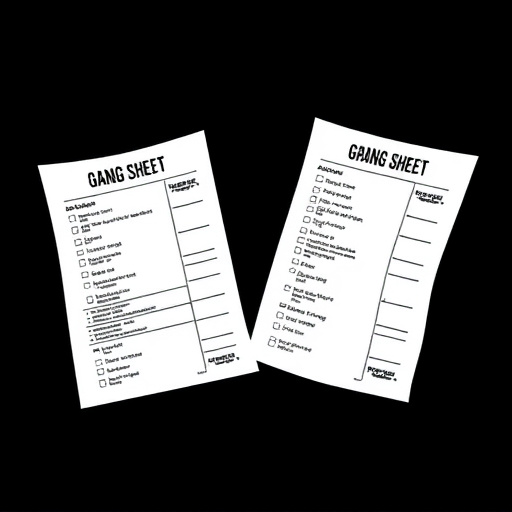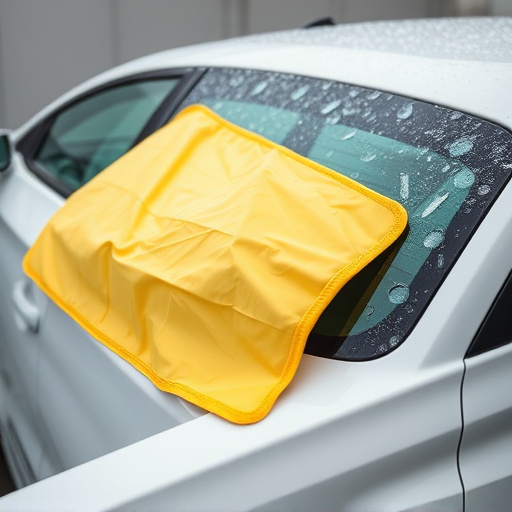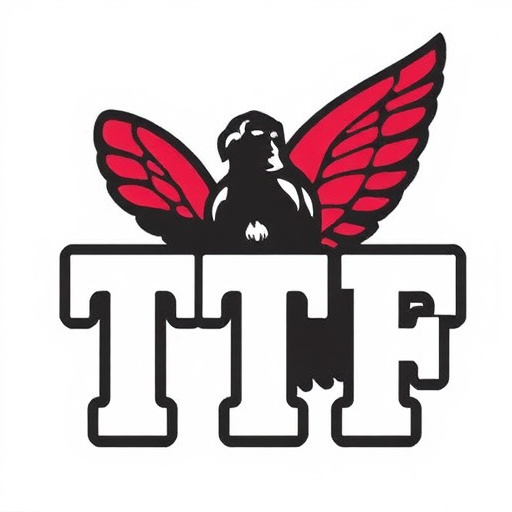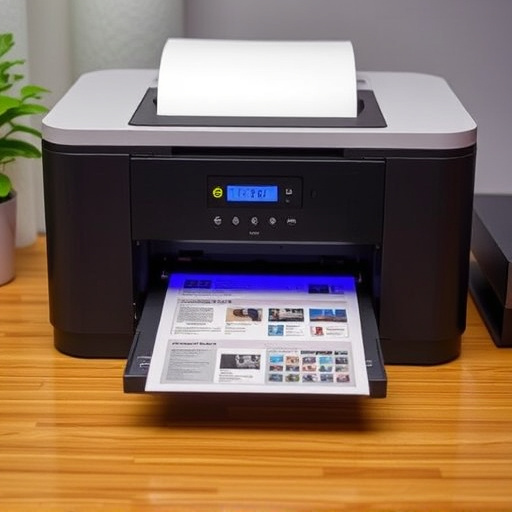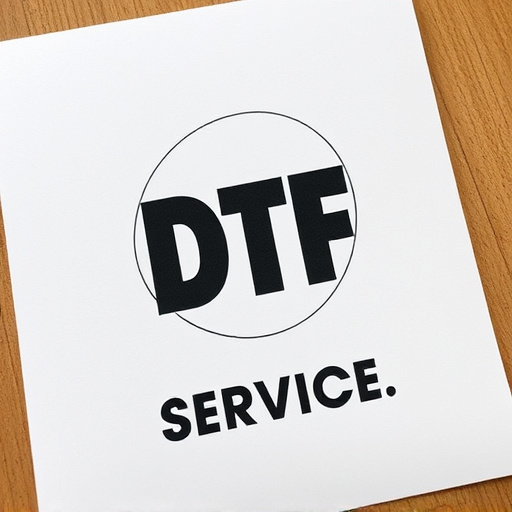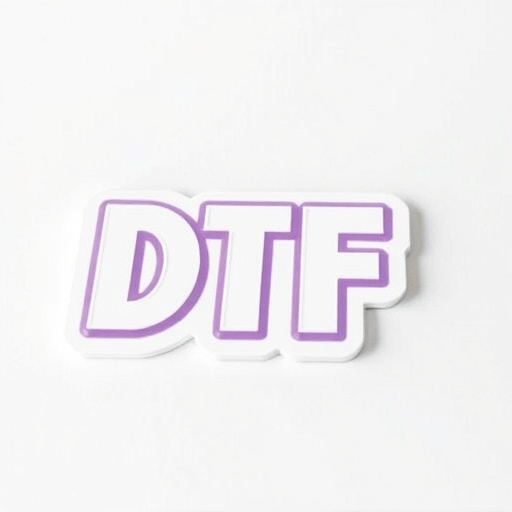A DTF (Direct-to-Fabric) printer is a specialized machine for precise and efficient fabric printing, popular in the apparel industry for custom tees and promotional merchandise. When choosing a DTF Printer, consider print scale, material type, design complexity, speed, cost-effectiveness, compatibility with transfer film, and desired output volume—occasional small batches or consistent large-scale production. The best selection aligns printer capabilities with business needs, ensuring smooth operations and high-quality results for successful printing ventures.
Choosing the right DTF (Direct to Fabric) printer is pivotal for businesses aiming to optimize their production volumes. This article guides you through the process of selecting a DTF printer that aligns with your specific needs, focusing on key factors like print volume requirements, ink types, and desired application areas. By understanding these elements, you can match printer capabilities with your business demands, ensuring maximum efficiency and top-quality prints in your fabric printing endeavors.
- Understanding DTF Printers and Their Functionality
- Factors to Consider When Choosing a DTF Printer Based on Production Volume
- Matching Printer Capabilities with Your Business Needs for Optimal Efficiency
Understanding DTF Printers and Their Functionality

A DTF (Direct-to-Fabric) printer is a specialized machine designed to transfer ink directly onto fabric surfaces, offering a precise and efficient printing method for various textile applications. Unlike traditional screen printing or heat press techniques, DTF printers utilize a digital process, enabling quick design adjustments and seamless personalization. This technology has gained significant traction in the apparel industry, particularly for custom graphic tees and promotional merchandise.
The functionality of a DTF printer revolves around its ability to apply ink using a precision nozzle system, allowing for intricate designs and vibrant color reproduction. It can print on a wide range of fabrics, including light and dark colors, making it versatile for dtf printing for dark fabrics. This direct-to-fabric approach streamlines the production process, reducing set-up times and minimizing waste, which is particularly beneficial for businesses catering to high production volumes.
Factors to Consider When Choosing a DTF Printer Based on Production Volume

When choosing a DTF (Direct-to-Film) printer based on production volume needs, several key factors come into play. Firstly, consider the expected print volume — whether it’s for small batches or high-volume production runs. Different printers cater to distinct scales; some are optimized for occasional, low-volume printing while others are designed for consistent, large-scale output. Additionally, evaluate the type of materials you’ll be using for dtf transfer film and the complexity of the designs. Advanced printers often offer a wider range of material compatibility and more intricate print capabilities, ensuring high-quality outcomes for direct to film personalized hoodies or other items.
Another critical aspect is speed and efficiency. For time-sensitive projects or high-demand scenarios, opt for printers with faster printing speeds and automated features that can streamline the process. These advancements significantly reduce turnaround times for dtf prints, allowing businesses to meet deadlines and customer expectations. Furthermore, assess the overall cost-effectiveness of each printer model, taking into account not only the initial investment but also ongoing maintenance and consumable expenses like ink or toner cartridges.
Matching Printer Capabilities with Your Business Needs for Optimal Efficiency

When selecting a DTF (Direct to Fabric) printer, aligning your hardware choice with your production volume needs is paramount. Understanding your business’s specific requirements for custom DTG transfers, whether for apparel or other materials, ensures optimal efficiency and cost-effectiveness. For instance, if you anticipate high print volumes, investing in a robust DTF printer designed for speed and durability makes sense. Such printers can handle bulk orders without compromising quality, ensuring smooth operations and timely deliveries.
On the contrary, lower production volumes might warrant a more versatile yet cost-friendly option. Smaller businesses or startups could benefit from printers offering various print sizes and materials, allowing them to cater to diverse customer demands. Moreover, consider features like easy setup, user-friendly interfaces, and efficient ink management systems, which simplify operations and reduce downtime. Matching your DTF printer capabilities with your business needs ensures a seamless workflow, enhances productivity, and ultimately contributes to the success of your printing venture.
When selecting a DTF Printer, aligning your choice with anticipated production volume is key. By considering factors like print speed, material capacity, and job queue management in relation to your business’s demand, you can ensure optimal efficiency and minimize downtime. Remember, the right DTF Printer acts as a versatile asset, enabling you to meet current needs while adapting to future growth.


